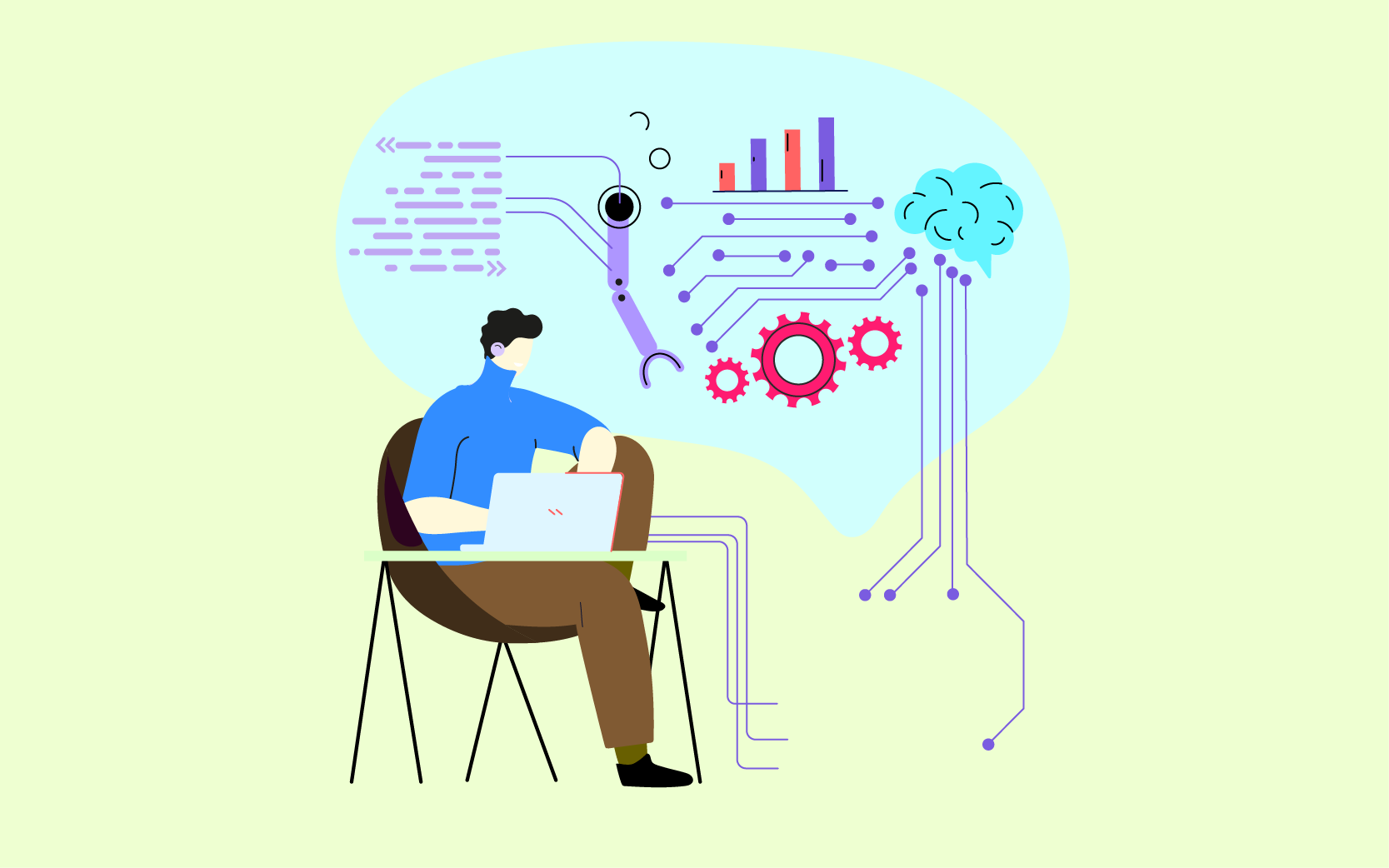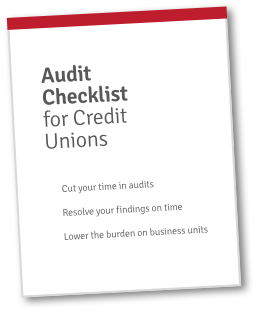Artificial intelligence (AI) has evolved considerably in the last several years. It started with rumors and promises. Then, it emerged as a parlor trick. Now, it’s making videos, creating images, and writing anything from legal documents to blogs (not this one… yet).
There are two things to consider regarding credit union audits and AI. We’ll explore each in this blog.
Note: we created a 5-part series on AI and risk in credit unions. Links are at the bottom!
Part 1: Using AI in the Audit Process
If you’ve been on LinkedIn (or just about any other social media platform) recently, you’ve probably seen something about ChatGPT. Before some legal safety measures were put in place, ChatGPT passed just about every major test with flying colors. Think: the GRE, the bar, and even the Advanced Sommelier exam.
Clearly, ChatGPT can serve as an expert human in many fields. And it’s only the tip of the iceberg when it comes to generative AI tools.
So, what does generative AI mean for credit union auditors and their process? At this stage, AI cannot and will not replace audit jobs and functions. We’re still far from that reality. However, AI tools can be harnessed to improve everyday audit tasks, making them faster and more accurate.
AI can save time and increase efficiency for auditors. By leveraging AI tools such as ChatGPT, auditors can dramatically improve and expedite their audit reports, reducing the time spent on writing and editing.
Additionally, AI tools can provide suggestions on what to test, which fixes to recommend, and assist in streamlining the entire audit process.
Ultimately, AI tools will make audits faster and easier, especially for people who struggle with writer’s block or appreciate the suggestions of an expert digital assistant.
Part 2: Auditing the Use of AI in Credit Unions
This is where things get murky. Credit unions are beginning to use AI in many systems, some of which are heavily regulated. In fact, two of the most common areas to see AI are among the most intensely scrutinized business functions: lending and cybersecurity.
Fortunately, the primary burden of compliance and model explainability falls on vendors’ laps. For example, lending platforms that use AI to assess alternative data to make lending decisions must be able to show their work—no black boxes allowed.
However, AI will likely be an emerging gray area for audit, risk, and compliance. It's essential to stay informed about the latest AI developments in the credit union industry. As AI increasingly powers loan decisioning, member/chat support, and other critical functions, auditors must adapt and develop new audit practices to ensure compliance and effectiveness.
While there is no official guidance on auditing AI systems yet, it's crucial to anticipate the need for new audit practices and be prepared for the changes coming down the pipeline.
Additional Resources
AI has big potential credit union auditors. Anything to improve speed and efficiency without sacrificing accuracy is a plus.
We created a 5-part series about AI and risk in credit unions:


 Get FREE Access to the Audit Checklist for Credit Unions!
Get FREE Access to the Audit Checklist for Credit Unions!


